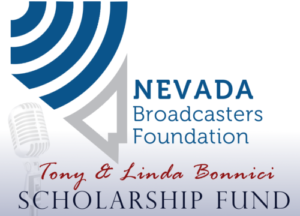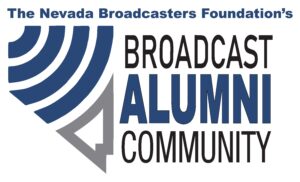Here are some of the regulatory developments of significance to broadcasters from the last week, with links to where you can go to find more information as to how these actions may affect your operations.
- At the FCC’s regular monthly Open Meeting, the Commissioners voted to adopt new rules mandating sponsorship identification of foreign government-provided broadcast programming. The new rules require on-air and public file disclosures when programming is supplied by a foreign governmental entity. Even though many broadcast groups argued for rules requiring broadcasters to take specific steps to warn programmers about these requirements and to research the foreign-government connections of programmers only when they had reasons to suspect a programmer of having such connections, the FCC required that these steps be taken whenever they enter into any agreement to lease airtime. (Report and Order)
- As we noted last week, Congresswoman Anna Eshoo (D-CA) wrote to Acting FCC Chairwoman Jessica Rosenworcel requesting that the agency look at the reported increase in complaints tied to the loudness of TV commercials and, if necessary, take enforcement action under the CALM Act. The FCC wasted no time acting on this letter and is now seeking comment on whether updates are needed to the FCC’s rules that implemented the CALM Act. The FCC wants to hear from consumers about their television-watching experience as it relates to the loudness of commercials and from the industry about whether the rules are serving their intended purpose. Comments are due by June 3 and reply comments are due by July 9. We wrote more about this issue and the request for comments, here. (Public Notice)
- The FCC adopted a ten-application limit for the upcoming filing window for noncommercial FM radio stations to operate in the reserved band below 92 MHz on the FM band. (Public Notice). The Media Bureau also set the dates for the filing of applications for these new noncommercial stations – requiring that they be submitted during a filing window running from 12:01 Eastern Time on Tuesday, November 2, 2021 through 6:00 pm Eastern Time on Tuesday, November 9, 2021. More details about these applications will be released by the Commission at some point in the future. Read more about this upcoming window on our blog, here. (Public Notice)
- New rules for distributed transmission systems (DTS, also known as single frequency networks) will go into effect May 24, 2021. The new rules are designed to give broadcast TV stations greater flexibility in the placement of multiple transmitters throughout their protected service area to provide a stronger, more uniform signal throughout their markets. This is seen as important to facilitate the provision of the additional services that can be offered through the new ATSC 3.0 transmission standard (NextGen television). The new rules provide broadcasters with a bright-line rule that will expand the permissible range of “spillover” by DTS facilities beyond current protected service areas. The rules for full-power stations go into effect on May 24, but rules that apply to Class A, low power TV, and TV translator stations will not be effective until some later date following approval by the Office of Management and Budget. (Federal Register)
In the week ahead, parties interested in participating in the FCC’s upcoming auction of 136 FM and 4 AM construction permits (Auction 109) can begin submitting their short-form applications (Form 175) on April 28 at 12:00 p.m. Eastern Time. The application window will close on May 11 at 6:00 p.m. Eastern Time. (FCC Auction 109 Page)
Courtesy Broadcast Law Blog


